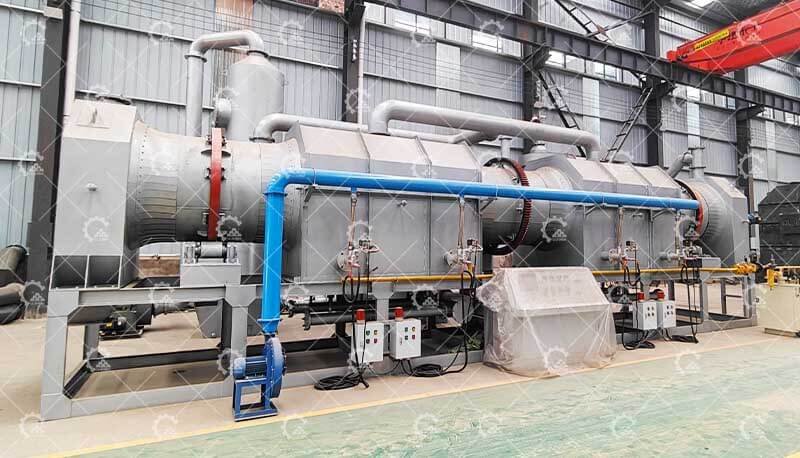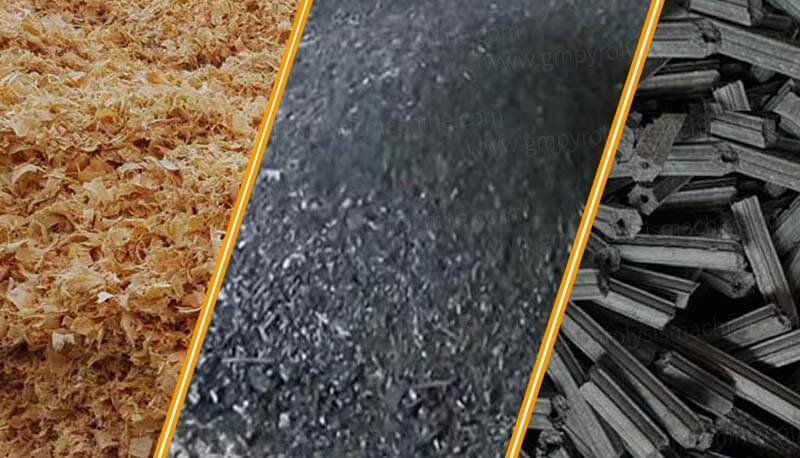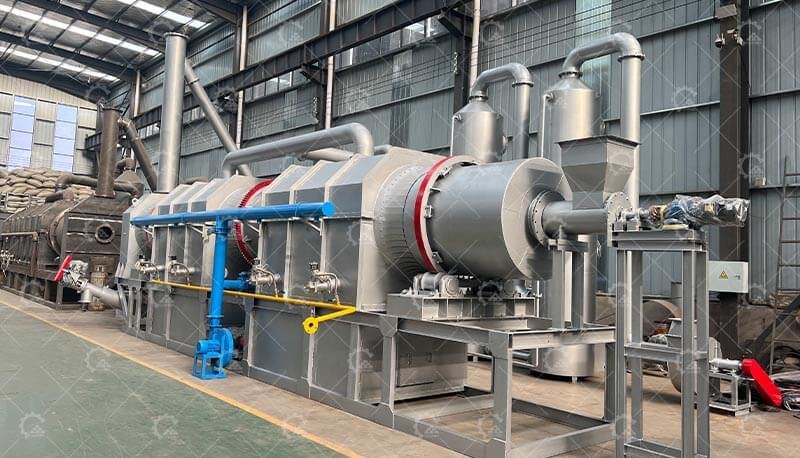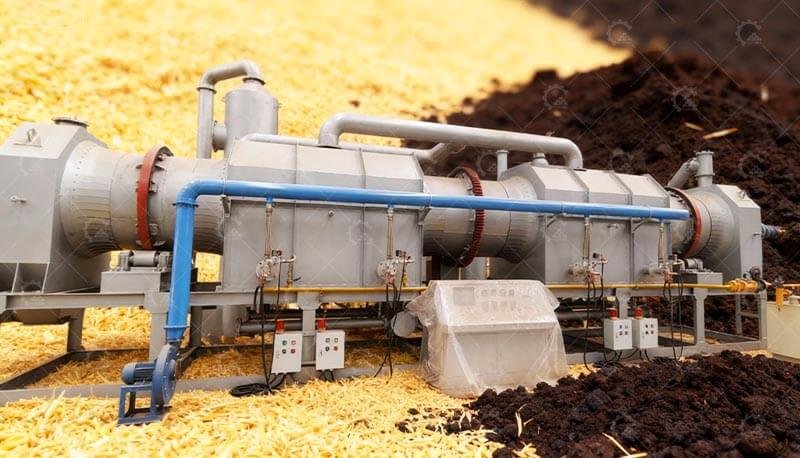If you’re researching industrial solutions to transform organic feedstock into valuable charcoal or biochar, the horizontal carbonization furnace stands out as a critical technology deserving your attention. This isn’t just about heat; it’s about a sophisticated, continuous process engineered for modern industrial needs. Understanding how this furnace operates and its distinct benefits is key to solving your productivity and quality challenges.
Beyond Batch: The Power of Continuous Carbonization
Traditional batch carbonization furnace often mean stop-start operations, uneven heating, labor intensity, and difficulty scaling. The horizontal carbonization furnace addresses these pain points head-on with its continuous carbonization process. Feedstock enters at one end, moves steadily through a precisely heated horizontal chamber, and emerges as finished product at the other. This uninterrupted flow translates directly to:
Higher Throughput & Consistent Output
Produce significantly more biochar, charcoal, or activated carbon base material consistently, 24/7 if needed. Meet large-scale demands reliably.
Superior Process Control
Advanced systems meticulously manage temperature profiles, residence time, and oxygen levels throughout the entire horizontal carbonizing chamber. This ensures uniform product quality, crucial for meeting stringent specifications.
Enhanced Energy Efficiency
Heat recovery mechanisms are integral to many modern designs. Flue gases preheat incoming feedstock or provide energy for other processes, drastically reducing fuel consumption and operational costs – a major advantage in today’s energy landscape.
Reduced Labor & Operational Costs
Automation minimizes manual intervention for loading and unloading. The continuous nature means fewer operational hiccups and lower manpower requirements compared to batch systems.
Improved Safety & Environmental Compliance
Sealed designs significantly reduce the risk of operator exposure to fumes. Integrated emission control systems (scrubbers, condensers) capture pyrolysis gases and liquids (wood vinegar, tar), turning potential pollutants into valuable by-products or ensuring clean stack emissions, simplifying industrial carbonization compliance.
Core Advantages: Why Choose a Horizontal Design?
1. Optimized Material Flow
Gravity and mechanical systems (like pusher plates or conveyors) gently move material through the furnace. This minimizes dust generation and product breakage compared to vertical designs where material can tumble.
2. Excellent Heat Transfer
The horizontal configuration often allows for more effective heat application (via external heating jackets or internal flues) along the entire length of the material bed, promoting uniform thermal decomposition.
3. Heavy-Duty Construction & Longevity
Built for industrial rigor, these furnaces feature robust refractory linings and high-quality steel construction, ensuring durability and a long operational lifespan with proper maintenance.
4. Feedstock Flexibility
Modern horizontal furnaces can be engineered to handle diverse biomass carbonization inputs effectively – from wood chips, sawdust, and rice husks to coconut shells, palm kernel shells, sewage sludge, and certain types of RDF (Refuse-Derived Fuel). Systems can be tailored for efficient wood charcoal production or specialized biochar yields.
5. Scalability
The design inherently lends itself to scaling up. Increasing chamber length or width allows for significantly higher capacities to match growing production targets.
Key Specifications & Considerations
When evaluating a horizontal carbonization furnace supplier, delve into these specifics:
Chamber Dimensions & Capacity: Match throughput (e.g., tons/hour) to your needs.
Heating Method: Indirect heating (external furnace, hot gas circulation) is common for purity. Direct heating options exist but require careful gas management.
Temperature Range & Control: Precise control (typically 400-600°C+ depending on feedstock and desired product) is vital. Look for advanced PLC systems.
Residence Time Control: Adjustable speed mechanisms for material movement.
Emission Control System: Type and efficiency of gas cleaning (cyclones, scrubbers, condensers, potential combustion).
By-Product Recovery: Capabilities for collecting wood vinegar, tar, and syngas.
Automation Level: From basic control to full SCADA integration.
Build Quality & Refractory: Materials used directly impact longevity and efficiency.
Finding Your Ideal Industrial Carbonization Partner
Investing in a horizontal carbonization furnace is a strategic decision for sustainable waste conversion and high-yield biochar production. Don’t settle for generic solutions. Look for manufacturers with:
Proven experience in designing and building industrial-scale continuous carbonization systems.
Strong references in your target application (biochar, charcoal, activated carbon base).
Engineering expertise to customize the furnace to your specific feedstock and output goals.
Commitment to robust construction, energy efficiency, and environmental standards.
Comprehensive after-sales support and service.
Unlock the Potential of Continuous Conversion
The horizontal carbonization furnace represents a significant leap forward from outdated batch processing. Its continuous operation, superior efficiency, enhanced control, and scalability make it the preferred technology for serious producers seeking reliability, quality, and profitability in biomass and waste conversion. If you’re ready to elevate your industrial pyrolysis operations, exploring the capabilities of a modern horizontal carbonization furnace is the essential next step.
Ready to discuss how a horizontal carbonization furnace can optimize your production? Contact Guanma Machinery today for a customized solution quote.






